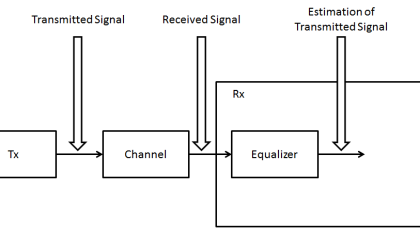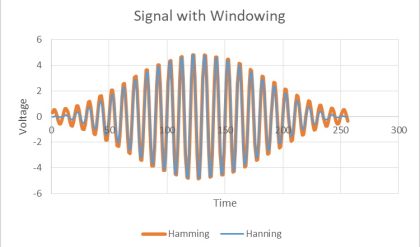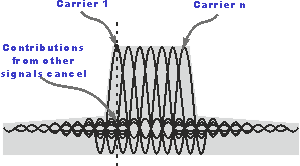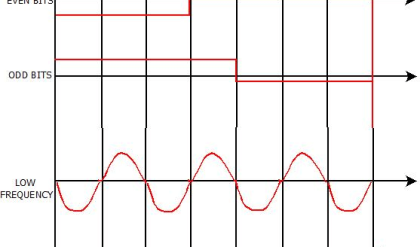Why Do We Need To Improve Wireless Bandwidth Availability?
How many devices do you currently have access to that require wireless bandwidth?
Thinking about your home environment, your work environment and everywhere in between, you’re likely to have mobile phones, iPads or other tablets, laptops, eReaders, smartwatches, games consoles, cameras – and more – as the Internet of Things expands. Each of these devices may need at least one connection throughout the day – with some continually connected.
As a result of all these connected devices we’re seeing ever-increasing demand for wireless bandwidth. But this growth in data traffic is placing immense strain on operator’s networks.
So what can operators do to improve wireless coverage and capacity?
5 WAYS TO IMPROVE WIRELESS COVERAGE AND CAPACITY
1) Adding Cell Sites
Adding cell sites is an effective but expensive approach to adding capacity. In general adding new real estate is time consuming and increasingly prohibitive.
2) Adding sectors
Adding sectors such as changing from 3 sectors to 6 sectors is a useful way to approximate the introduction of new cells. However, this does not quite double the capacity as the “petals” of 6 sector coverage do not interleave as well as 3 sector coverage.
3) Adding Carriers
Adding carriers (or more accurately, bandwidth) directly adds to capacity. The LTE (Long Term Evolution) standard is particularly adept at utilizing increased bandwidth without increasing control channel overheads.
4) Improved Air Interface Capabilities
Improved air interface capabilities such as in evolving from UMTS (Universal Mobile Telecommunications System) to HSDPA (High Speed Downlink Packet Access) that provided well over four times the aggregate downlink capacity.
5) Smart Antennas
Smart antennas provide the next substantial increase in throughput. By “smart antennas” we refer to adaptive antennas such as those with electrical tilt, beam width and azimuth control which can follow relatively slow-varying traffic patterns. As well as so called intelligent antennas that can form beams aimed at particular users or steer nulls to reduce interference. And finally Multiple-Input Multiple Output (MIMO) antenna schemes.





